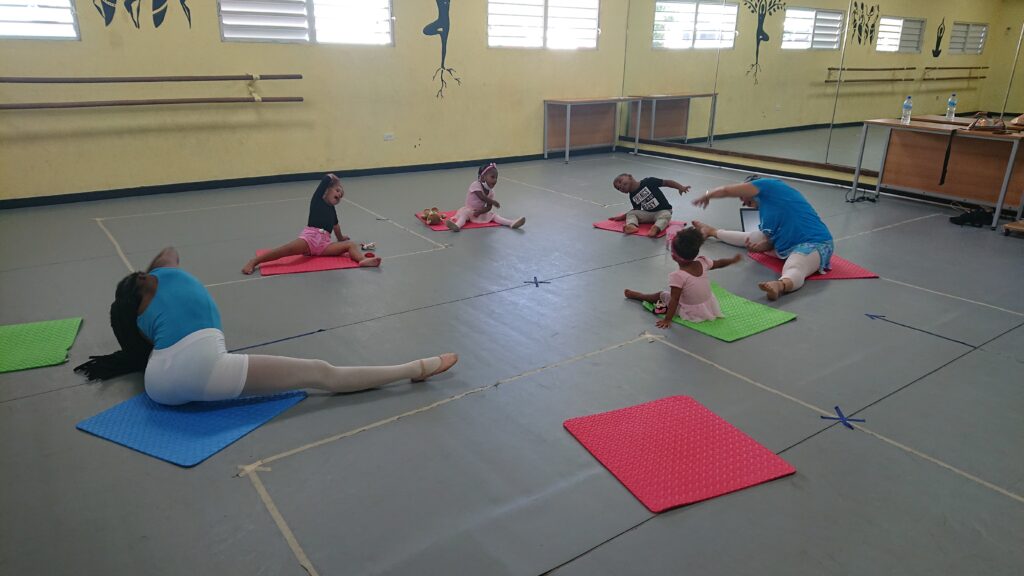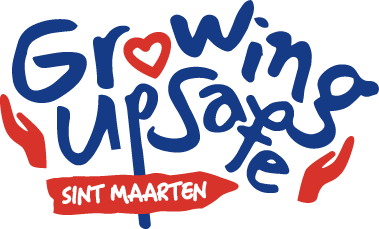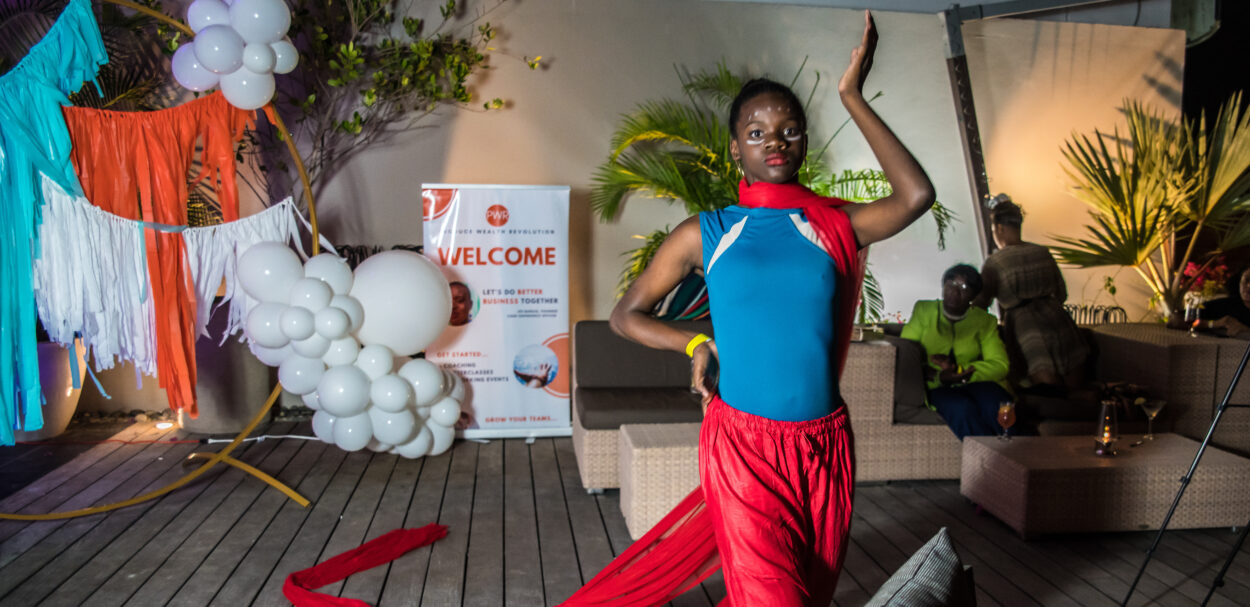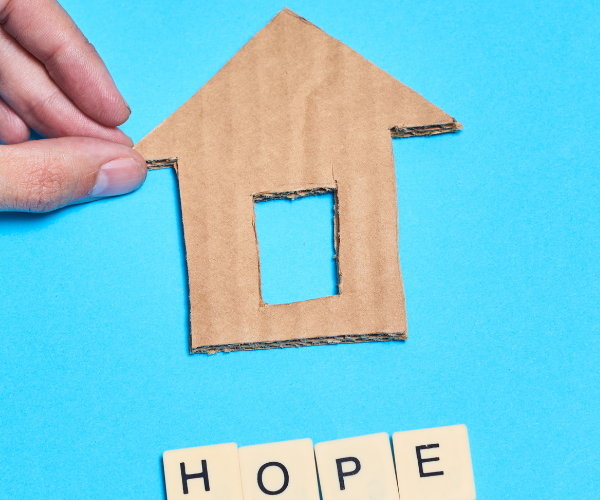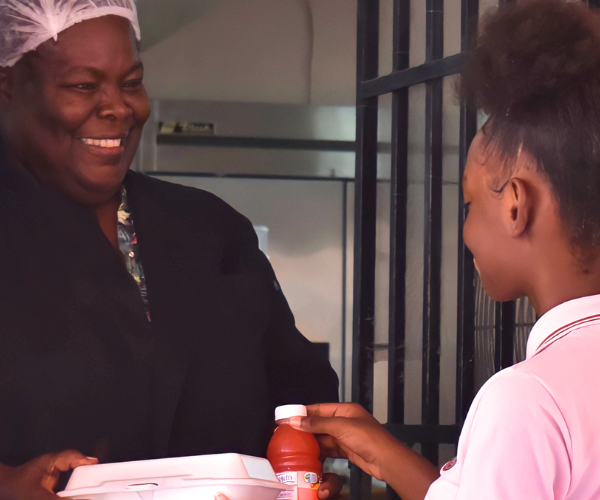The National Institute of the Arts has been facing several challenges with the continuation of classes in the wake of hurricane Irma and the current pandemic. The institute succeeded in swiftly reopening its doors, so hundreds of students could again be provided with a safe space and positive outlet.
‘We don’t just teach art; we teach children valuable life skills’
The National Institute of the Arts (NIA) is well known in Sint Maarten for its impressive performances and dancers that boast international success. However, “this is not the Institute’s main priority”, shares Arlene Halley Newhouse, the Managing Director of NIA. “We provide a safe space and teach life skills to our students. We welcome every child who is interested in joining our classes, no matter their background, financial situation or talent.”
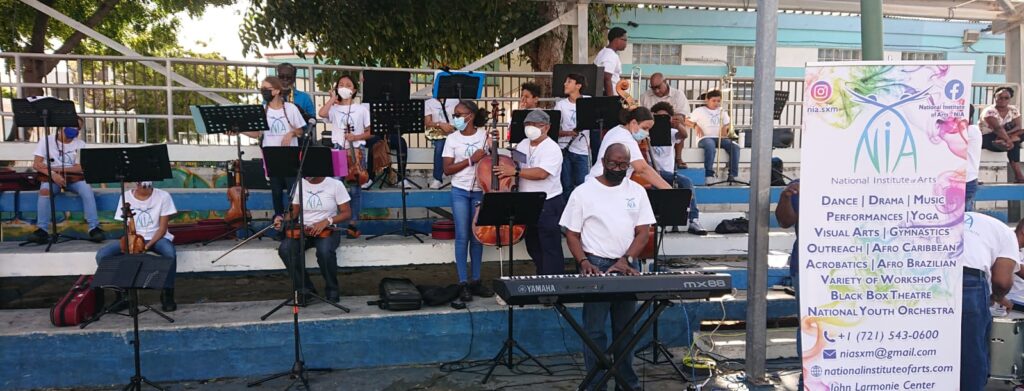
The NIA offers dance, drama, music, visual arts, gymnastics, capoeira, and youth orchestra. They are also integral to the Caribbean Examination Council (CXC) degree programme offered at two high schools on the island. Weekly, the NIA provides over 100 classes in-house and in various schools on the island, reaching over 2000 children between the ages of 4 and 18. The National Institute of the Arts has been facing several challenges with the continuation of classes in the wake of hurricane Irma and the current pandemic. However, despite these disasters, NIA staff have used their determination and teamwork to swiftly reopen its doors. This has been very important for the wellbeing of students for whom they provide with a safe space and positive outlet.
“Many children want to participate, but financially aren’t able to. The economic difficulties are now worsened due to the pandemic”
A hurricane and a pandemic
Arlene: “Luckily, we did not have much damage after Irma. Thanks to funding from the Prince Bernhard Culture Fund (PBCF) and the Government, the NIA offered free and discounted classes for up to nine months after the hurricane. Our ‘inhouse’ student numbers were at an all-time high during those funded programmes, recording over 400 students.” This number quickly dropped once the NIA had to ask for full tuition again. Arlene also shares that she thinks this “clearly indicates that many children want to participate, but financially aren’t able to. The economic difficulties are now worsened due to the pandemic.”
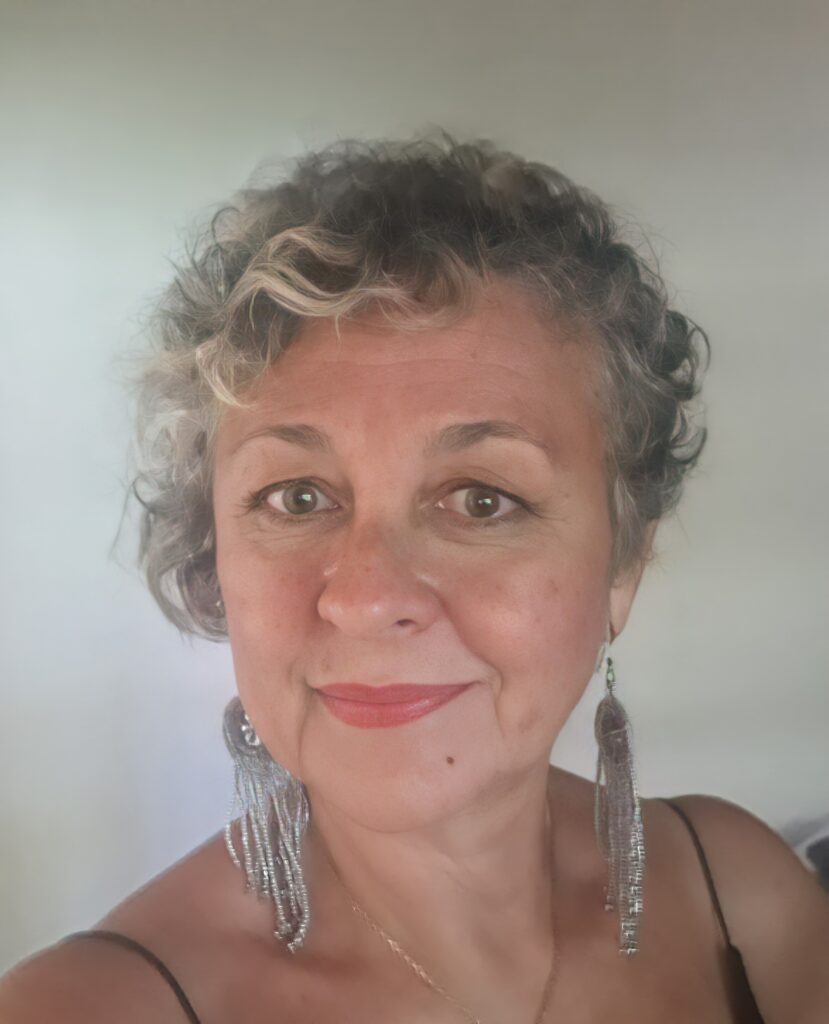
NIA is not structurally subsidised, and student fees are not enough to cover expenses. Teachers often volunteer to give free classes, as was the case during the lockdown. A variety of grants and donations have kept the school afloat. Currently, most students are unable to pay the 40-dollar monthly fees and are on ‘scholarship’. Arlene: “We have lower numbers attending because people are reluctant to return due to COVID-19 or parents are having a hard time paying the fees. The NIA is barely surviving financially.”
Art programs are essential
Amanda Bedminister, a mother of six, feels that art programs can offer “healing” in the wake of a disaster or emergency: “Our experience through Irma was quite traumatic. My 12-year-old daughter Shiloh does not talk much and needs to express herself through the arts, especially dance. I know that going back to the NIA, as quickly as possible after the hurricane, helped her process her feelings.” Due to the free programme offered post-hurricane, Amanda was able to enrol all her kids.
“This gave me the time and space to take care of our home, which had lost its roof. The NIA also provided a sanctuary when I needed a place to relax amid all the chaos Irma caused.” She can’t afford to enrol all her kids at the NIA at full tuition but did allow Shiloh to continue her classes: “Shiloh wants to become a dance teacher, and I want to support that dream.” She hopes that there will be more support, such as subsidies, for programmes offered at the NIA. Unfortunately, art or other extracurricular activities are not accessible to all children on Sint Maarten. “Academics in school is important, but children must be allowed to explore other interests to ensure that they become well-rounded adults,” says Amanda.
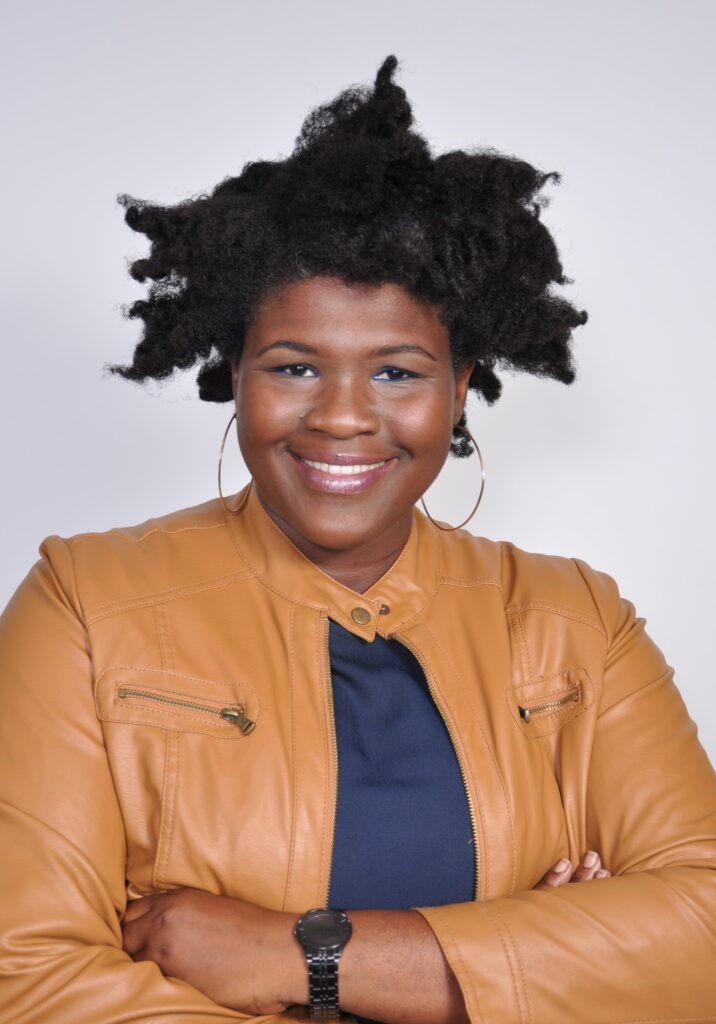
Reopening quickly
Jacques Heemskerk teaches at the NIA and played an essential role in helping the NIA swiftly reopen after the pandemic. “Communication and understanding are key. At the NIA, we all work together to keep everything running as well as possible. We do this because we know our students rely on us.” Once Sint Maarten went into lockdown, Arlene reached out to her colleagues: “Morale was low, and I also wanted to give people space and time to adjust. Despite not being able to pay them, a few teachers offered to give online classes for free.” Three months later, the NIA reopened its doors. Jacques helps to put the NIA’s safety plan together in line with research and Government regulations:
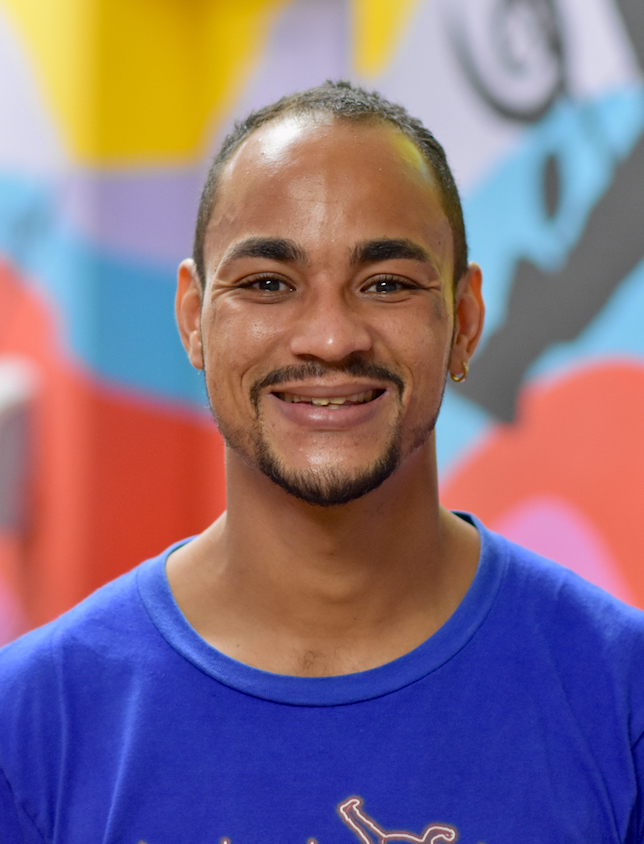
“All visitors have to wear a mask when entering the building. Before going into class, students are temperature checked and have to disinfect their hands and shoes. During class, masks are optional when social distancing is possible, and mandatory when in closer contact.” Seven months later, the NIA has still not had an outbreak connected to their programmes. Jacques: “We cannot promise that we are fully protected against COVID-19. However, despite a pandemic or other disaster, children need to move, to interact, and have access to a safe space. We aim to continue providing this with the safety protocols we have put in place.”
Adapting during a pandemic
Shiloh Bedminister attends classes three days a week at the Institute and has never missed a class. On her days home, she “dances by herself”. Shiloh shares: “I have no other hobbies beside dancing. I want to become a professional dancer and teach other kids to dance as well.” During the lockdown last year, Shiloh kept herself busy by taking online classes and watching YouTube videos to keep up with her dancing ambitions. She does admit that it “was a lot harder to follow the steps via a screen,” so she was happy when classes resumed.
Although some might find their new ‘pandemic-reality’ with all the restrictions difficult to adapt to, Shiloh found it an easy adjustment: “I have no problem with it. It’s how the world is right now. I haven’t noticed any other students complaining about it either.” When asked why she loves to dance, Shiloh answers with a grin: “When I dance, I get lost in my own world. It feels like nobody is watching me, and I am escaping reality for a while – it is fun!”
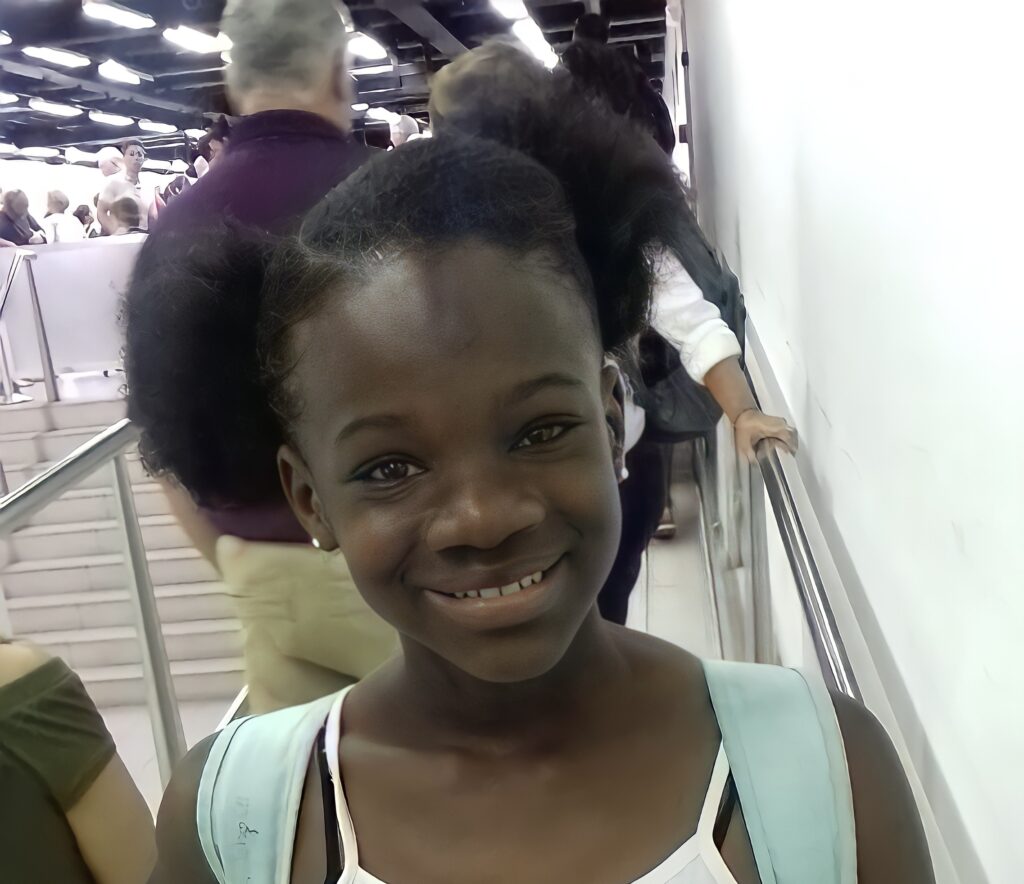
For more information about the NIA and their programs: National Institute of The Arts (link: https://www.nationalinstituteofarts.com/)
